
Try the "Orientation Sniff" for Calmer Walks (Why I Ditched the Release Cue – and What We Do Instead)
I wanted to share something small that made a big difference to our walks – and will hopefully help you and your dog, too.
How you start a walk can set the tone for the whole experience.
I used to use a release cue when I let Cam off the lead. He’d wait until he heard the word “away” before racing off. But over time, I began to notice something. That moment of stillness wasn’t calmness – he was on fast charge.
As soon as he heard the release cue, it was like a switch flipped. He’d burst forward like a horse out of the gates. It only lasted a few seconds, but it shaped the energy of the walk.
It reminded me of dogs who play fetch on every walk and start to get wound up the moment they arrive. These small surges of adrenaline can take time to come down from.
This wasn’t what I wanted. I was looking for calmer, more connected walks. Less “go, go, go”, more grounded presence.
Now, yes – you can train a release cue to be calmer. But Cam was a young spaniel, and I was following the popular advice to “be more exciting than the environment,” using the release cue as part of our recall training. By the time I realised it wasn’t serving us, it had already become a trigger for over-excitement.
So rather than approaching it as a training issue, I took a step back and thought about it emotionally. What was he feeling at the start of the walk?
Whether it’s excitement or anxiety, it’s all still stress. And while playful moments and bursts of energy can be great for bonding, we always need to look at our individual dog and what they need.
Cam needed help settling into the environment. He needed a way to regulate his emotions.
So, I dropped the release cue entirely. I figured I didn’t actually need it – if it’s safe, I let him off. If it’s not, I don’t.
But more importantly, I changed what we do before he goes off the lead.
Here’s the first thing we do at the start of every walk – and it’s made a real difference:
The Orientation Sniff
Imagine someone walks you into a brand-new place with a blindfold on. When they take it off, what do you do? You look around. You try to figure out where you are, what’s nearby, and whether you’re safe. It can feel overwhelming – and it takes a moment to orient yourself.
That’s exactly what it’s like for our dogs every time they arrive somewhere new.
So now, especially when we’re getting out of the car, I don’t let Cam off straight away. I walk him around on the lead first. Just a gentle loop to take in those first exciting sniffs while staying connected to me.
This isn’t a linear walk – and that’s important. Constant forward motion exposes dogs to new sights and scents without always giving them a chance to process what’s already happened. Instead, we meander. He explores the ground and sniffs and I can check in with him (such as offering him a small treat).
This moment to check in helps me determine his emotional state. If he's over-aroused, he's unlikely to accept food. If he's able to do a few cues and enjoys stopping for fuss, then I know he's in a calmer, more balanced emotional state.
Spending 10–15 minutes simply adjusting to the environment can be hugely beneficial - though for some dogs and settings, 5 minutes might be enough. It all depends on your dog and where you are. The key is to observe their body language. Are they tense or relaxed? Scanning or settling? Sniffing deeply or darting about?
This might feel counterintuitive if you’re used to walks being about covering ground - especially if, like me, you enjoy hiking and have that natural urge to get going. But what I’ve realised is that a slower start can actually set up a more productive walk.
When Cam gets time to orient himself, sniff around, and decompress before we start moving properly, the rest of the walk is calmer and more enriching.
...And let’s not forget: sniffing is hugely mentally stimulating for dogs. So if your goal is a fulfilled, content dog - slowing down at the start might just be the most efficient way to get there.
Once Cam has had a chance to get his bearings and seems more settled, I turn to face the area we’ve already covered – and that’s where I let him off the lead.
Rather than releasing him into the unknown, I’m giving him space in the known. That small change can have a profound impact on how dogs feel.
Whether we’re moving from car to trail or pavement to woods, the principle is the same. This small pause at the start helps him regulate before diving into a sea of sensory input. It encourages slower, deeper sniffing – which has a calming effect – rather than charging into “new, new, new!” and spiking adrenaline.
This gentle start was inspired by the Bug Hunt card from the original Enrichment Deck – if you’ve got it, it’s a great one to revisit this week. If you’ve got the updated version, look for Surprise Picnic.

Bonus Tip: Add a Snuffle Moment
Here’s a practical way to build on that orientation loop using your snuffle mat or snuffle ball.
Once your dog has done their initial sniff around the car, pop the snuffle mat down in that now-familiar area. Scatter a few high-value treats into the fleece – just enough to engage them in sniffing and foraging. These two behaviours are naturally calming and help regulate the nervous system.

A snuffle mat is ideal if you’re not on grass, while a snuffle ball is more portable if you need to move slightly away from the car. Both offer a slower, more sustained sniffing experience.
If the area is quiet and safe, you can unclip the lead while your dog is engaged with the snuffle mat. This turns going “off-lead” into a non-event. No excitement or sudden sprint – just sniff, nibble, breathe. When they finish, they tend to transition into the walk in a far more relaxed way.
Safety notes:
- Don’t use too much food before exercise, as bloat can be a serious risk in dogs. A small handful of high-value, easy-to-digest treats is more than enough.
- Be mindful of any other dogs - your dog may not feel comfortable engaging in a snuffle activity if other dogs are present and that's OK. Food can create confrontation, so best not to place food on the ground around other off-lead dogs.
Let me know if you try it. I'd love to hear if you notice a shift in your dog’s energy at the start of your walks.
Want to create your own snuffle mat with an entirely custom colour scheme? Check out my Snuffle Mat Kit!

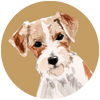
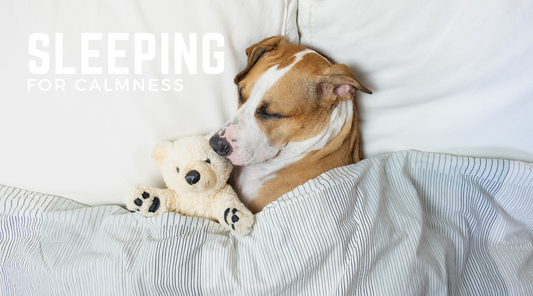
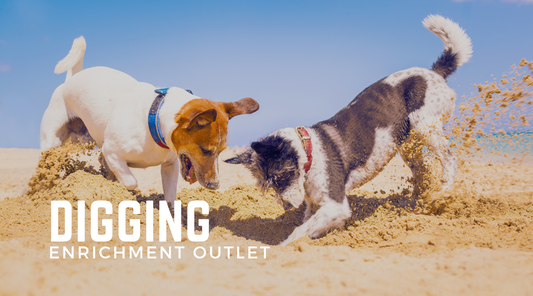


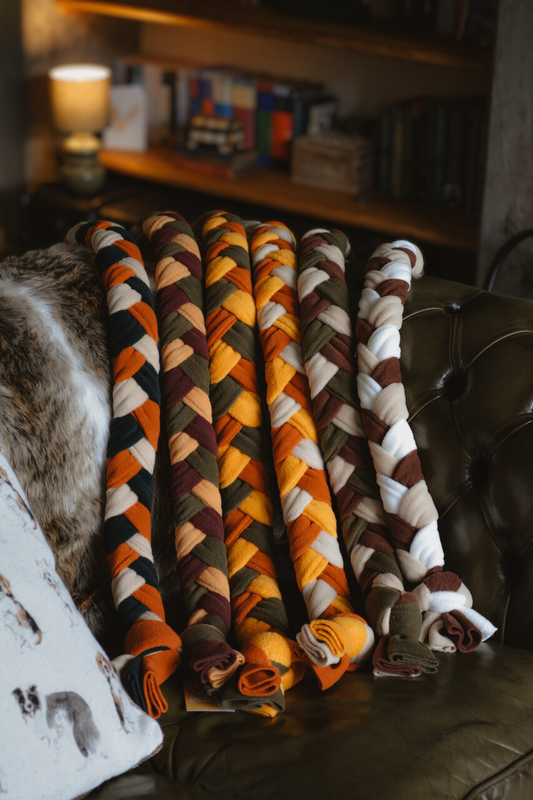

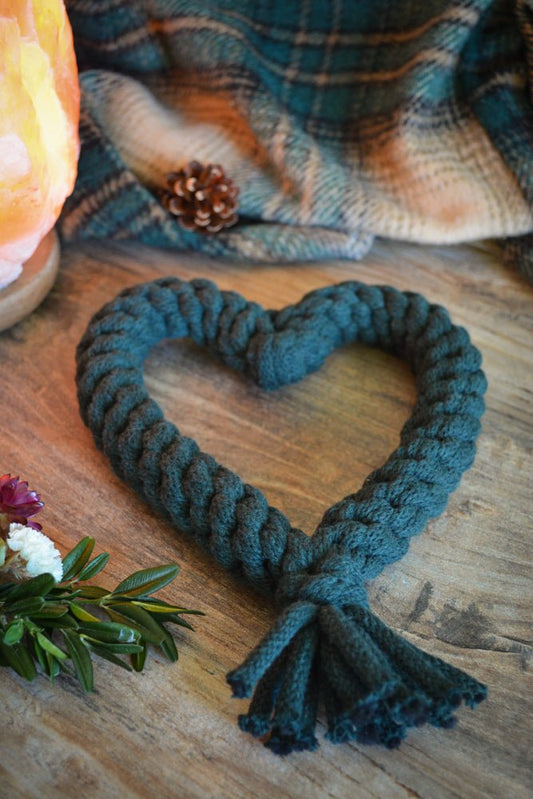
3 comments
Really interesting and useful. I too took the ‘be super exciting’ approach with my pup. Tbh, she was very chilled so I think some boost was needed 😂, but I really recognise what you are saying. Balance and thinking about what is useful to each scenario is important. Thanks 🙏
What wonderfully expressed advice. I can see the partnership you have built with Cam. Big hugs xx
This is a really interesting approach, as my dog always pulls on the lead whenever we go on a hike. She’s deaf, so I can never really let her off lead unless I know for definite that we are in a secure area. But would you suggest that this slower approach to the beginning of our hikes might apply even if she stays on lead the whole time?